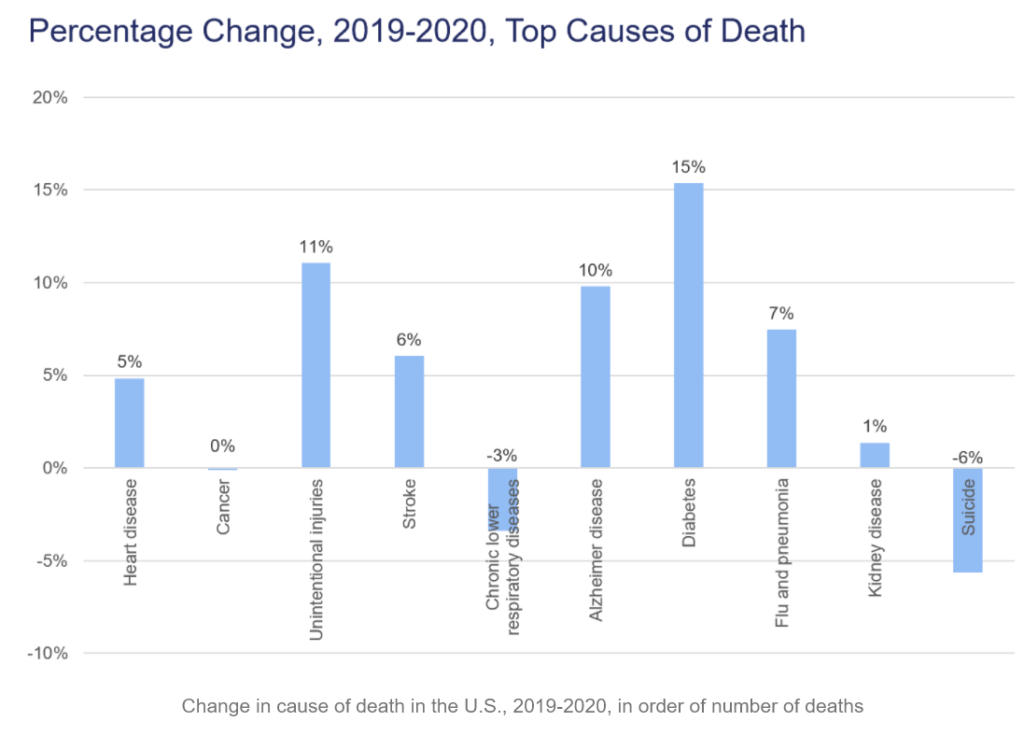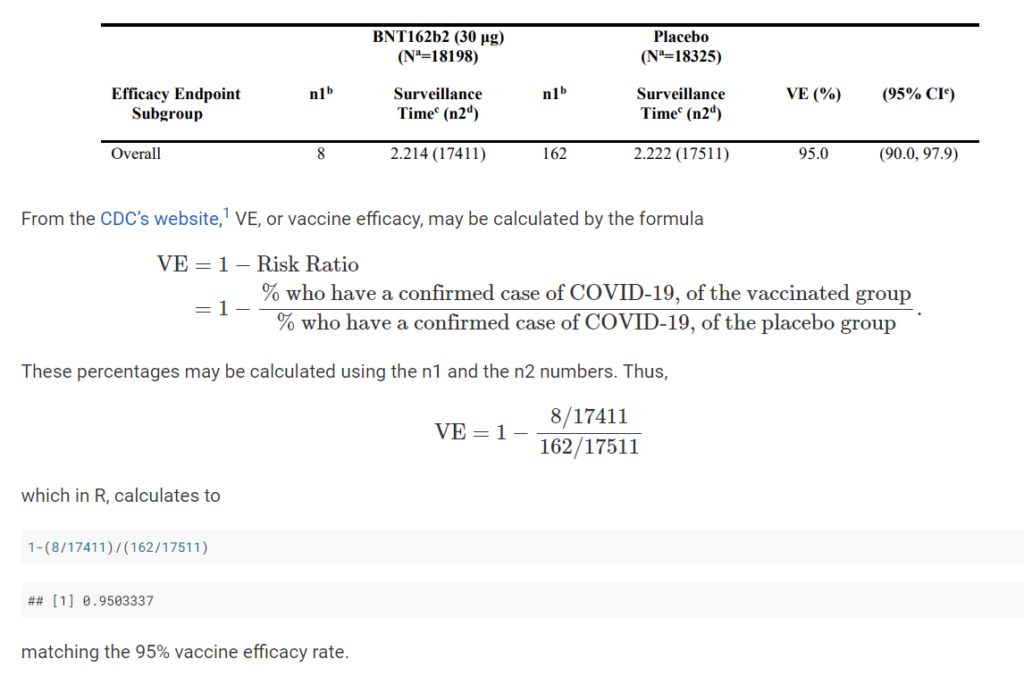Link: https://www.gwern.net/Littlewood
Excerpt:
This is an interesting one because it illustrates a version of “Littlewood’s Law of Miracles”: in a world with ~8 billion people, one which is increasingly networked and mobile and wealthy at that, a one-in-billion event will happen 8 times a month. Littlewood’s law is itself a special-case of Diaconis & Mosteller 1989’s “the Law of Truly Large Numbers”:
…..
Nevertheless, “it all adds up to normality”!
Because weirdness, however weird or often reported, increasingly tells us nothing about the world at large. If you lived in a small village of 100 people and you heard 10 anecdotes about bad behavior, the extremes are not that extreme, and you can learn from them (they may even give a good idea of what humans in general are like); if you live in a ‘global village’ of 10 billion people and hear 10 anecdotes, you learn… nothing, really, because those few extreme anecdotes represent extraordinary flukes which are the confluence of countless individual flukes, which will never happen again in precisely that way (an expat Iranian fitness instructor is never going to shoot up YouTube HQ again, we can safely say), and offer no lessons applicable to the billions of other people. One could live a thousand lifetimes without encountering such extremes first-hand, rather than vicariously.
…..
More immediately, you should keep your eye on the ball: ask yourself regularly how useful news consumption has really been, and if you justify it as entertainment, how it makes you feel (do you feel entertained or refreshed afterwards?), and if you should spend as much time on it as you do; take Dobelli’s advice try to cut back or ignore recent news (perhaps replace a daily newspaper subscription with a weekly periodical like The Economist and especially stop watching cable news!); shift focus to topics of long-term importance rather than high-frequency noise (eg scientific rather than polling or stock market articles); don’t rely on self-selected convenience samples of news/opinions/responses/anecdotes brought to you by other people, but make your own convenience sample which will at least have different biases and be less extreme (ie don’t go off 10 comments online, ask 10 of your followers instead, or read 10 random stories instead of the top 10 trending stories); don’t have an opinion until you have a fulltext—insist on following back & getting fulltext sources (if you don’t have time to trace something back to its source, then your followers collectively don’t have time to spend reading it)7; read articles to the end (many newspapers, like the New York Times, have a nasty habit of including critical caveats—at the end, where most readers won’t bother to read to); discount things which are “too good to be true”; focus on immediate utility; try to reduce reliance on anecdotes & stories; consider epistemological analogues of robust statistics like simply throwing out the top and bottom percentiles of data; and pay attention to the trends, the big picture, the central tendency, not outliers.
The world is only getting bigger.
Author(s): Gwern
Publication Date: 18 February 2019 (last edited, visited 19 August 2021)
Publication Site: gwern.net




